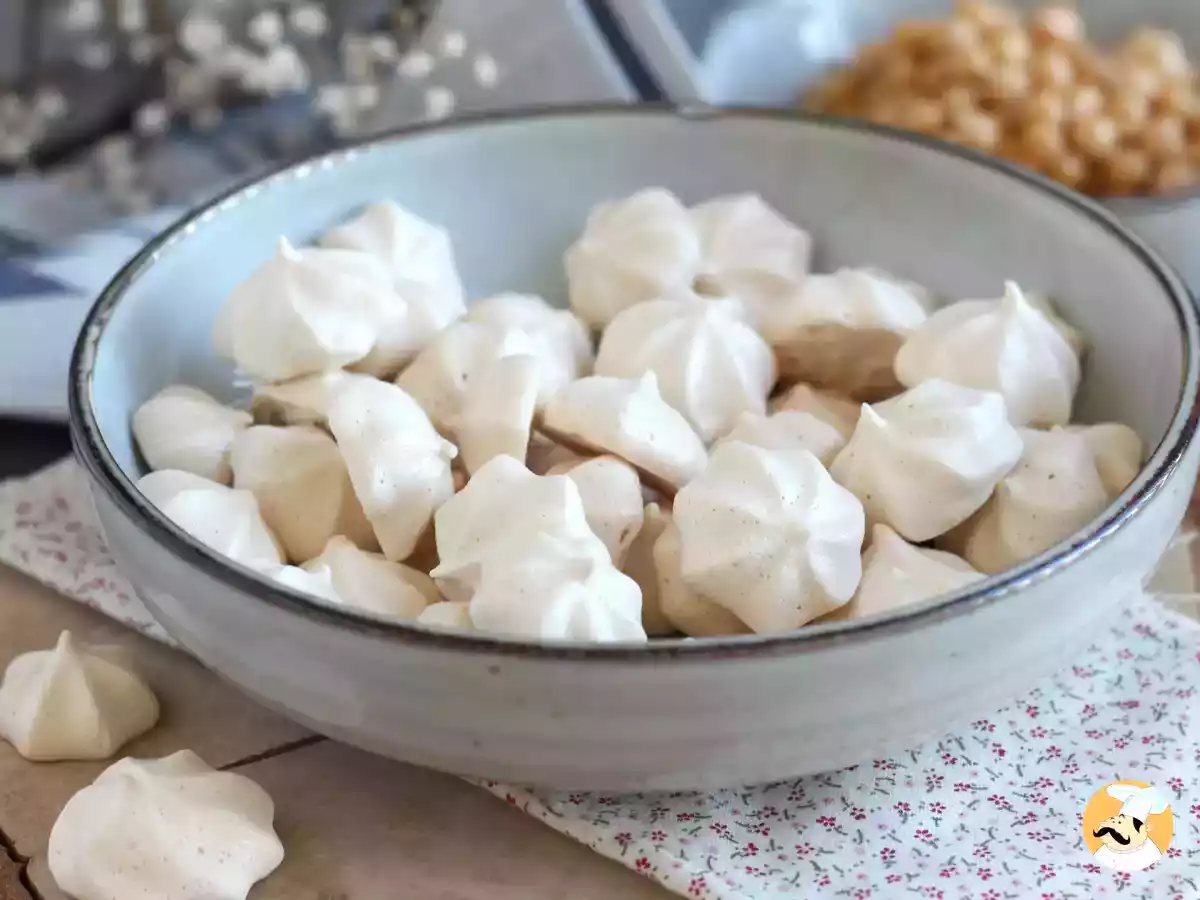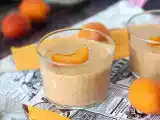Aquafaba: the secret hidden in the liquid of your vegetables. You will never waste it again

Attention. That jar of canned chickpeas you just opened hides more than just legumes: it contains a little culinary secret called aquafaba. Before throwing that viscous, yellowish liquid down the drain, we suggest you read this article. That by-product ignored for generations is now one of the most significant ingredients in sustainable and creative cuisine. From sweet meringues and sighs to sparkling cocktails, aquafaba has come to (r)evolve cuisine by taking it a step further. Let's see why.
What is aquafaba?
Although its name may seem strange at first,"aquafaba" derives from Latin and describes exactly what it is: "aqua" means water and "faba" means bean. In essence, it is the liquid obtained by cooking legumes such as chickpeas, white beans or kidney beans. The most practical, however, is to use the water from a good quality preserve. Beyond semantics, what is really interesting is its chemistry: this liquid contains starches, proteins and soluble compounds that mimic the properties of eggs and, therefore, can act as a substitute in a multitude of recipes.
This ingredient, in addition to being economical and sustainable, opens up a world of culinary possibilities by reusing something that was previously discarded, offering exceptional results, especially in baking.
The power of substitution
When we think of egg-free cooking, the first thing that comes to mind are the limits. While there are certain ingredients that can act as egg substitutes (only for certain recipes), aquafaba bursts into the picture to go where other ingredients cannot. Meringue might be the clearest example.
It is good to know that there is a standard equivalence that usually works quite accurately when making the substitution, although it may vary slightly depending on the particular consistency of the liquid we use:
- Three tablespoons substitute for one whole egg
- 2 tablespoons are equivalent to one egg white
- 1 tablespoon can substitute for a yolk.
Beyond veganism
Aquafaba is a revolutionary ingredient that has gained followers for its versatility and benefits. For those who follow a vegan diet, this liquid, obtained from cooking legumes such as chickpeas or beans, is a perfect substitute for eggs in sweet and savory recipes, allowing them to enjoy mousses, meringues and mayonnaises without compromising their ethical values.
People with egg allergies or intolerances also find in aquafaba a safe and effective solution, eliminating the risk of adverse reactions. It is also ideal for reducing the dangers of salmonellosis in preparations that traditionally contain raw eggs, such as chocolate mousse or homemade mayonnaise. With aquafaba, you can enjoy those creamy, frothy textures without worrying about handling raw ingredients. But aquafaba not only has functional advantages; it is also an ally of sustainability, promoting the use of a previously discarded by-product. Economical, versatile and accessible, aquafaba not only solves practical problems, but also aligns with a more conscious and responsible approach to modern cooking.
Recipes that revolutionize
The magic of aquafaba shines especially in baking. Here are a few ideas where it could be used:
- Firm meringue: Whip aquafaba with sugar and lemon. You'll get shiny, consistent peaks that will make any skeptic hesitate.
- Chocolate mousse: Combine melted chocolate with whipped aquafaba. Light as a cloud.
- Homemade mayonnaise: Emulsify aquafaba with oil, vinegar and mustard. An egg-free alternative that will surprise you.
- Sparkling cocktails: Substitute aquafaba for egg white in your favorite recipes.
And let's not forget pavlovas, macarons and marshmallows, all recipes that previously seemed to be the exclusive territory of eggs. With aquafaba, a universe of possibilities opens up. And as if that weren't enough, you don't have to worry too much about the taste. It is true that the aroma of legumes can be off-putting when raw, but in sweet or savory recipes it is easily disguised. Chocolate and spices, for example, are excellent allies to camouflage any traces.
Aquafaba is a reminder that even the humblest ingredients can be transformed into something extraordinary. So the next time you uncork a can of chickpeas, stop for a moment. That viscous liquid you usually discard could be the secret to your next star dish.Try using aquafaba with these recipes

Vegan aquafaba meringues

No bake apricot mousse super easy to make, and with few ingredients!

Comments